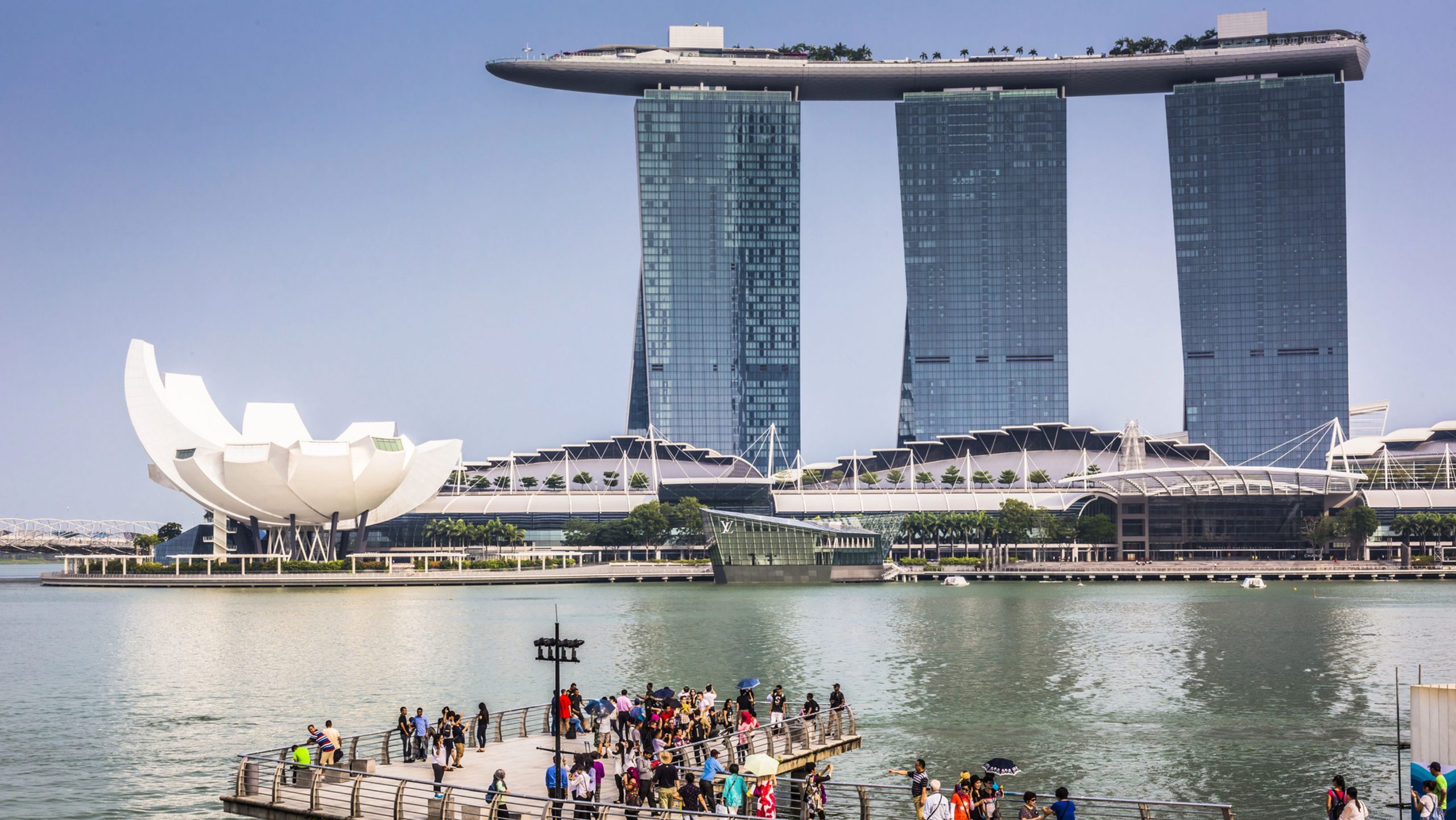In the 1960s, Singapore was a nation in crisis — plagued by water shortages, sewage pollution, flooding, and political divisiveness.
The country was also grappling with an illiterate electorate and the challenges of a newly independent state, freshly separated from Malaysia and only two decades removed from British colonial rule.
These daunting obstacles posed a considerable challenge to Singapore’s first Prime Minister, Lee Kuan Yew. However, his visionary leadership turned this struggling nation into one of the most prosperous and advanced countries in the world.
A nation in crisis: The challenges of the 1960s
At the time of its independence, Singapore was a small island with limited natural resources, and its infrastructure was in disarray. Water scarcity was one of the most pressing issues.
An article published by Express UK underscored how the nation had no natural aquifers, minimal groundwater, and how rapid urban development was exacerbating the situation.
Singapore was also riddled with slums, high unemployment, and poor sanitation, leaving it with the hallmarks of a developing country.
According to Masagos Zulkifli, Singapore’s Minister for Social and Family Development, the country in the 1960s resembled other developing nations: “dirty and polluted, lacking proper sanitation, and facing high unemployment.”
Despite these overwhelming challenges, Lee Kuan Yew remained undeterred. His vision for Singapore was audacious – to transform it into a “garden city,” an urban landscape that would be clean and green and economically prosperous.
The vision of a Garden City
One of Lee Kuan Yew’s most remarkable achievements was his ability to combine long-term planning with pragmatic solutions. His government focused on transforming Singapore into a green metropolis, using science and economic principles to guide policymaking.
Central to this transformation was establishing key infrastructure projects, including tree-planting schemes and creating the Housing and Development Board (HDB) and the Economic Development Board (EDB).
The HDB played a pivotal role in improving living standards for Singaporeans by replacing slums with affordable housing, while the EDB helped set the stage for Singapore to become a global financial hub.
These reforms were part of a broader vision, including everything from racial integration policies to creating a mandatory savings system for all workers.
Solving the water crisis: The Four National Taps
Water scarcity posed one of Singapore’s most immediate threats, and Lee’s government took bold steps to address it. By the 1980s, Singapore had introduced the “Four National Taps” water strategy.
This innovative system comprised four key sources of water: local catchment areas, imported water, recycled water, and desalinated water. This diverse approach ensured the island nation a relatively secure and sustainable water supply.
Before these reforms were implemented, Singapore’s reliance on new waterworks infrastructure and other long-term initiatives helped lay the groundwork for the country’s rise in the 21st century.
Beyond water and housing, Lee Kuan Yew’s government also prioritized sustainable urban development and economic diversification.
His emphasis on long-term planning, science-driven policymaking, and popular support created a stable foundation for the country’s future growth.
Under his leadership, Singapore went from a nation struggling with illiteracy, pollution, and poverty to a global leader in finance, shipping, and biodiversity.
By the time the 21st century rolled around, Singapore had transformed into a shining example of economic success and environmental sustainability.
The country’s population became nearly 98% literate, and it consistently ranked among the top nations for quality of life, education, and healthcare.
The city-state was even recognized as one of the greenest cities in Asia by the 2016 Green City Index.
A modern metropolis
Fast forward to today, and Singapore is a favourite destination for billionaires and high-net-worth individuals. The nation boasts the fourth-highest GDP per capita in the world and continues to show steady economic growth, even amid global challenges like the COVID-19 pandemic.
Prime Minister Lee’s dream of a “garden city” has become a reality in spectacular ways.
The iconic Marina Bay Sands, with its striking architecture, and the indoor gardens of Jewel Changi Airport are just a few examples of Singapore’s successful blending of nature and modernity.
These landmarks are proof of the country’s transformation from a struggling post-colonial state to a global powerhouse.
Though Lee Kuan Yew may not have foreseen the architectural marvels that would define modern-day Singapore, his ambition for a prosperous, sustainable, and harmonious city-state set the nation on a path toward unprecedented success.
Under his leadership, Singapore overcame seemingly insurmountable challenges, transforming itself from a small, impoverished nation into a global leader in finance, innovation, and environmental sustainability.
Today, Singapore stands as a model of what visionary leadership and long-term planning can achieve.
The nation’s remarkable journey from a struggling, water-deprived island to a shining beacon of prosperity and green urbanism is one of the most impressive success stories of the 20th and 21st centuries.

